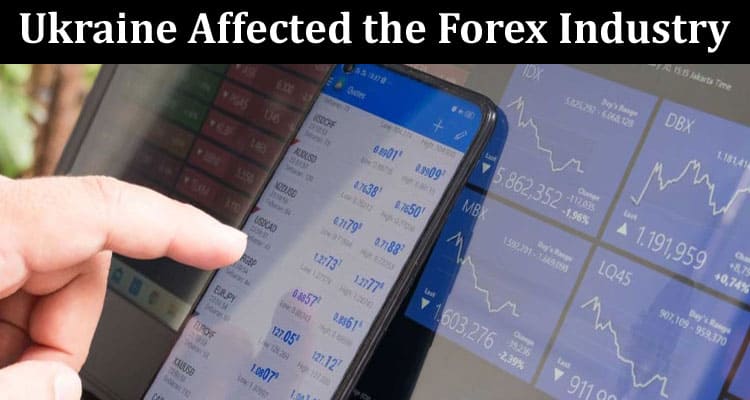The tensions between Russia and Ukraine since the inception of 2022 have severely affected financial markets, gas and oil prices, as well as currency exchange rates. The effects on currency markets are well beyond Russia’s borders.
How exchange rates are formed
The exchange rate describes the price or quotation of one country’s currency unit denominated in another country’s currency unit. For a more detailed description check over here. The following circumstances influence it:
- Inflation level. An elevated price level in a country results in a reduction of the purchasing capacity of its monetary instrument and, consequently, in a depreciation of the exchange rate;
- The competitiveness of a given country’s goods on world markets;
- Prices of energy and other raw materials. If the national economy is not diversified and heavily reliant on raw materials exports, the drop in world commodity prices (oil, gas, gold, etc.) contributes to the depreciation of the national currency;
- Interest rates. Central banks of various nations exert a significant influence on the national currency exchange rate by altering the refinancing rate;
- Currency transactions and activities of financial establishments. If a currency rate drops for some particular reason, the major financial organizations, to neutralize forex exposures, sell the currency, thereby further weakening its standing in the market;
- Payment balance status. The country’s balance speaks for the movement of funds in the form of payments received and paid by the state. In case the balance of payments is in surplus, the demand for the national cash increases, thereby strengthening its exchange rate.
The currencies that have endured the most change
The USD and RUB have been the two most fluctuating currencies in 2022. In the last few days at the end of December, there transpired a descent of the ruble against the dollar, as the forex brokers list here can attest. However, several developments have transpired since the beginning of the conflict that preceded this.
Early in the year, prices of raw materials rose, especially the cost of energy. The US Federal Reserve imposed a series of interest rate hikes for the 1st time since 2018 in an attempt to re-establish stability in overall prices. The key currency markets then experienced sustained volatility as both traders and investors extensively reviewed the international currencies.
The Russian ruble endured the most changes as compared to other assets. Sanctions against Russia were implemented in 2022, seeking to impose a burden on the economy and finance metrics. At once, the ruble exhibited a downfall versus several major currencies.
Between late February and the first weeks of March, the USD to RUB pair increased from 77 to an all-time high of 154. As a result of the slide, the Russian currency dropped by roughly 50% in a 3-week period. To cushion the depreciation, Russian authorities implemented certain actions.
- Natural gas transactions involved ruble-denominated purchases only;
- Russia’s CBR boosted internal interest rates to twenty percent in order to regain price stability;
- The ruble was attached to gold at an exchange rate of 1g to 5,000 rubles.
The Russian Central Bank and the authorities managed to recover all damages in the following weeks. The USD/RUB rate hastily dropped by 22.7%. And now, over the past week, the ruble-dollar ratio has plummeted to the May position. The dollar was worth about 61 rubles at the end of November, now its value surpasses 70 rubles. The drop of the RUB currency is happening due to new restrictive policies imposed by western states against the Russian economy and the country’s military-industrial complex.


